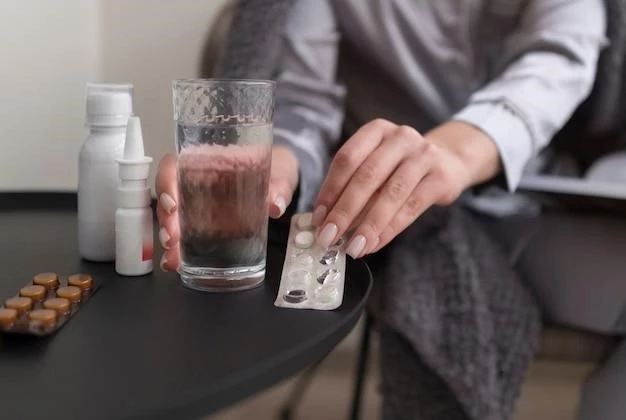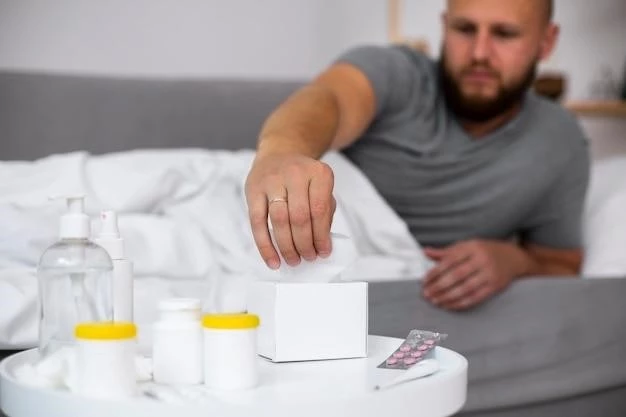Oxytrol⁚ Uses and Dosage Information
Before using Oxytrol, it’s crucial to understand its uses and dosage. Follow the prescribed instructions for optimal results.
Overview of Oxytrol
Oxytrol is a transdermal system used to treat overactive bladder. It works by relaxing the bladder muscles, reducing urinary urgency and frequency. The patch should be applied to clean, dry skin on the abdomen, hip, or buttock. Rotate application sites and avoid reapplying to the same area within 7 days.
Dosage Information
The typical Oxytrol dose is one patch applied twice weekly. Each patch should be worn for 3 to 4 continuous days. If side effects occur٫ consult your healthcare provider for possible dosage adjustments. Do not cut or divide the patches٫ apply more than one patch at a time٫ or use while bathing or swimming.
Understanding Oxytrol Side Effects
Recognizing and managing potential side effects of Oxytrol is crucial for safe usage. Consult your healthcare provider if experiencing any adverse reactions.
Common Side Effects
Common side effects of Oxytrol may include skin irritation at the application site, dry mouth, and dizziness. These effects are usually mild and transient. If they persist or worsen, inform your doctor promptly. Drink water and avoid alcohol to help manage dry mouth.
Serious Side Effects
In rare cases, serious side effects of Oxytrol may include severe allergic reactions, difficulty urinating, or hallucinations. If you experience these, seek immediate medical attention. Do not ignore any unexpected or persistent symptoms while using Oxytrol.
Oxytrol for Overactive Bladder Treatment
Learn how Oxytrol tackles overactive bladder symptoms effectively.
How Oxytrol Works
Oxytrol works by delivering oxybutynin through the skin, which helps relax the bladder muscles. This results in reduced urinary urgency, frequency, and incontinence episodes. Follow your healthcare provider’s instructions for optimal results;
Effectiveness of Oxytrol
Oxytrol has shown effectiveness in managing overactive bladder symptoms such as urgency and frequency of urination. With consistent use as directed, many individuals experience improvements in their bladder control and quality of life. It is essential to follow the prescribed regimen for optimal efficacy.
Oxybutynin⁚ Major Side Effects
Explore the significant side effects associated with Oxybutynin.
Oxybutynin vs. Oxytrol
Oxybutynin and Oxytrol are both used to treat overactive bladder, but they differ in administration method. Oxybutynin is typically taken orally as a tablet, while Oxytrol is a transdermal patch applied directly to the skin. Consult your healthcare provider to determine the most suitable option for you.
Comparative Analysis
When comparing Oxybutynin and Oxytrol, consider factors like side effects, convenience, and individual preferences. Discuss with your healthcare provider to make an informed decision on the most suitable treatment for your overactive bladder symptoms.

Contraindications for Oxytrol Use
Discover who should avoid using Oxytrol and when to consult.
Who Should Avoid Oxytrol
Individuals with a history of urinary retention, gastric retention, uncontrolled narrow-angle glaucoma, and hypersensitivity to oxybutynin or its components should avoid using Oxytrol. Consult your healthcare provider for alternative treatment options.
Consulting a Healthcare Provider
Always consult a healthcare provider before starting Oxytrol, especially if you have medical conditions or are taking other medications. Your doctor can provide tailored advice, dosage adjustments, and monitor potential side effects to ensure safe and effective treatment.
Oxytrol⁚ Application Site Reactions and Management
Explore common reactions at the application site and how to manage.
Common Application Site Reactions
Common Oxytrol site reactions may include skin redness, itching, or mild irritation where the patch is applied. These reactions are usually temporary and can be managed with proper skin care, rotating application sites, and avoiding excessive rubbing. Consult your doctor if persistent or severe.
Preventive Measures
To prevent application site reactions with Oxytrol, ensure proper skin preparation, follow rotation guidelines, and avoid applying to irritated or damaged skin. Keep the area clean and dry, and refrain from using creams or lotions on the patch site. If issues persist, seek guidance from your healthcare provider.
